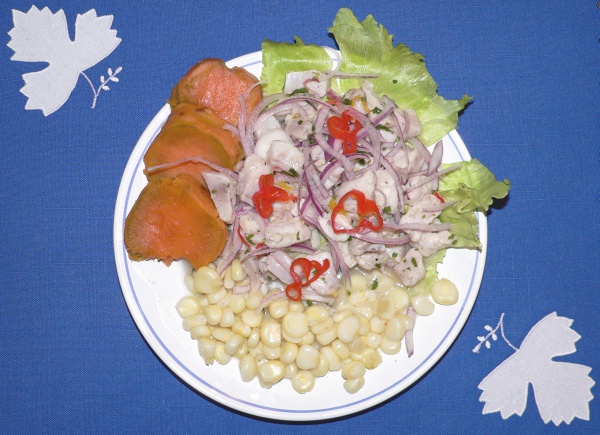Facts About Ceviche
Ceviche, also known as cebiche, seviche, or sebiche, is a cherished Latin American seafood dish with origins in either Peru or Ecuador. This refreshing dish features fresh raw fish cured in citrus juices—typically lemon or lime—and is seasoned with chili peppers, onions, salt, and coriander. Given the raw nature of the fish, it's crucial to prepare and consume ceviche immediately to minimize the risk of foodborne illnesses.
Ceviche is a staple in the coastal regions of western Latin America, with Peru even considering it a national dish. While its exact origins are debated, historical records indicate that variations of ceviche have been enjoyed in Peru for centuries. As the dish spread to other Spanish colonies, it adapted to incorporate local flavors and ingredients.
Today, ceviche enjoys international popularity, with unique variations found in countries such as Ecuador, Colombia, Chile, Mexico, and even the United States. The name "ceviche" itself has an uncertain origin, with theories linking it to Latin, Arabic, and Quechua languages. Each country puts its own spin on the dish, adding local ingredients to create distinct versions.
Making ceviche involves marinating seafood in a citrus-based mixture, which "cooks" the proteins without using heat. Different countries have their own special touches. In Peru, for instance, ceviche is often made with sea bass and traditionally marinated for hours, although modern recipes call for shorter marinating times. Ecuador, Chile, Mexico, and Panama each have their own unique methods and ingredients for preparing ceviche.
However, it's important to be mindful of the health risks associated with eating ceviche. Raw seafood can harbor bacteria and parasites if not handled properly. Therefore, it's essential to prepare the dish under stringent sanitary conditions. Pregnant women, in particular, should avoid ceviche due to these potential risks.
Despite these precautions, ceviche remains a versatile and flavorful dish that beautifully showcases the culinary diversity of Latin America and beyond.

 Brazil
Brazil